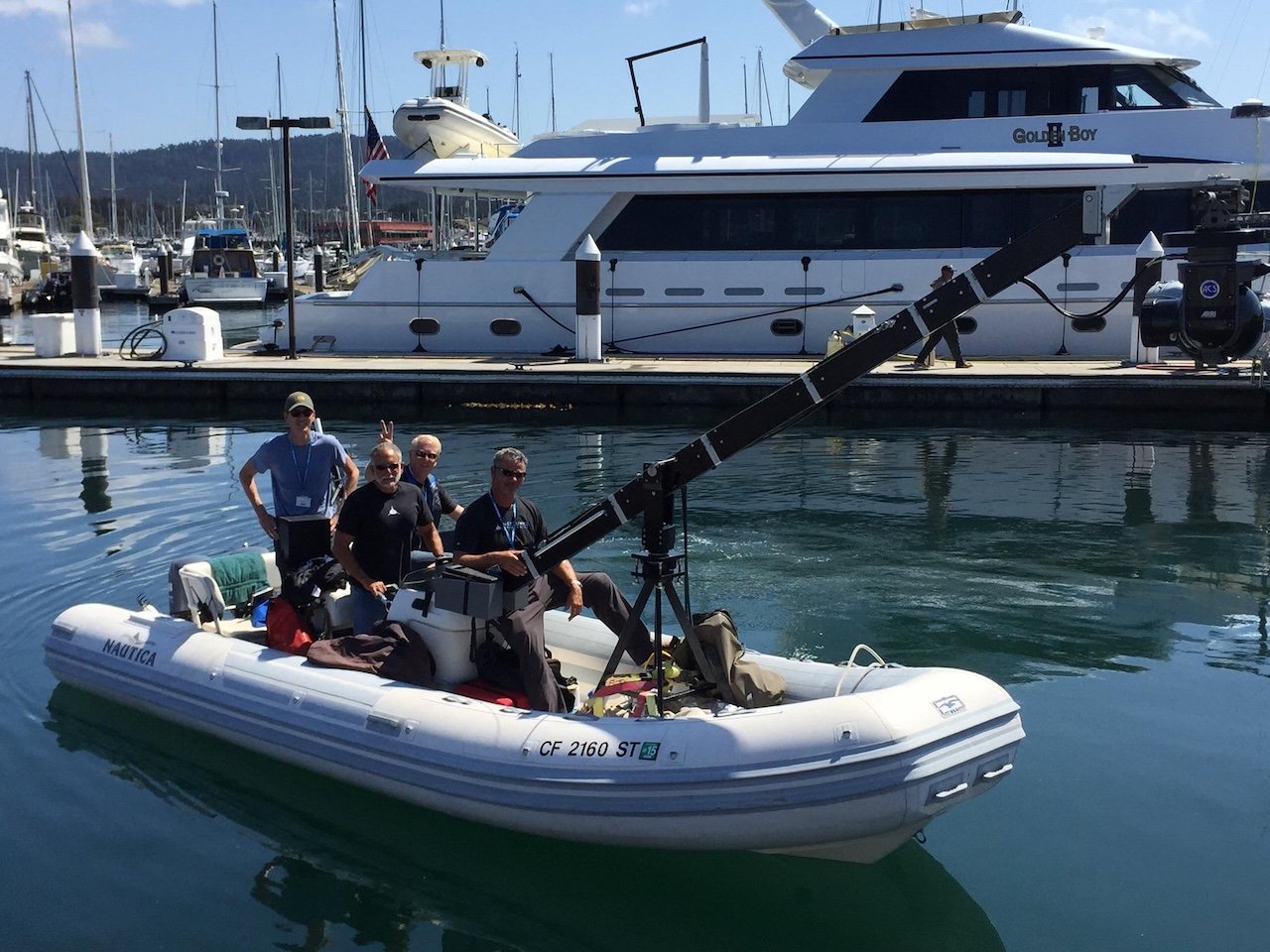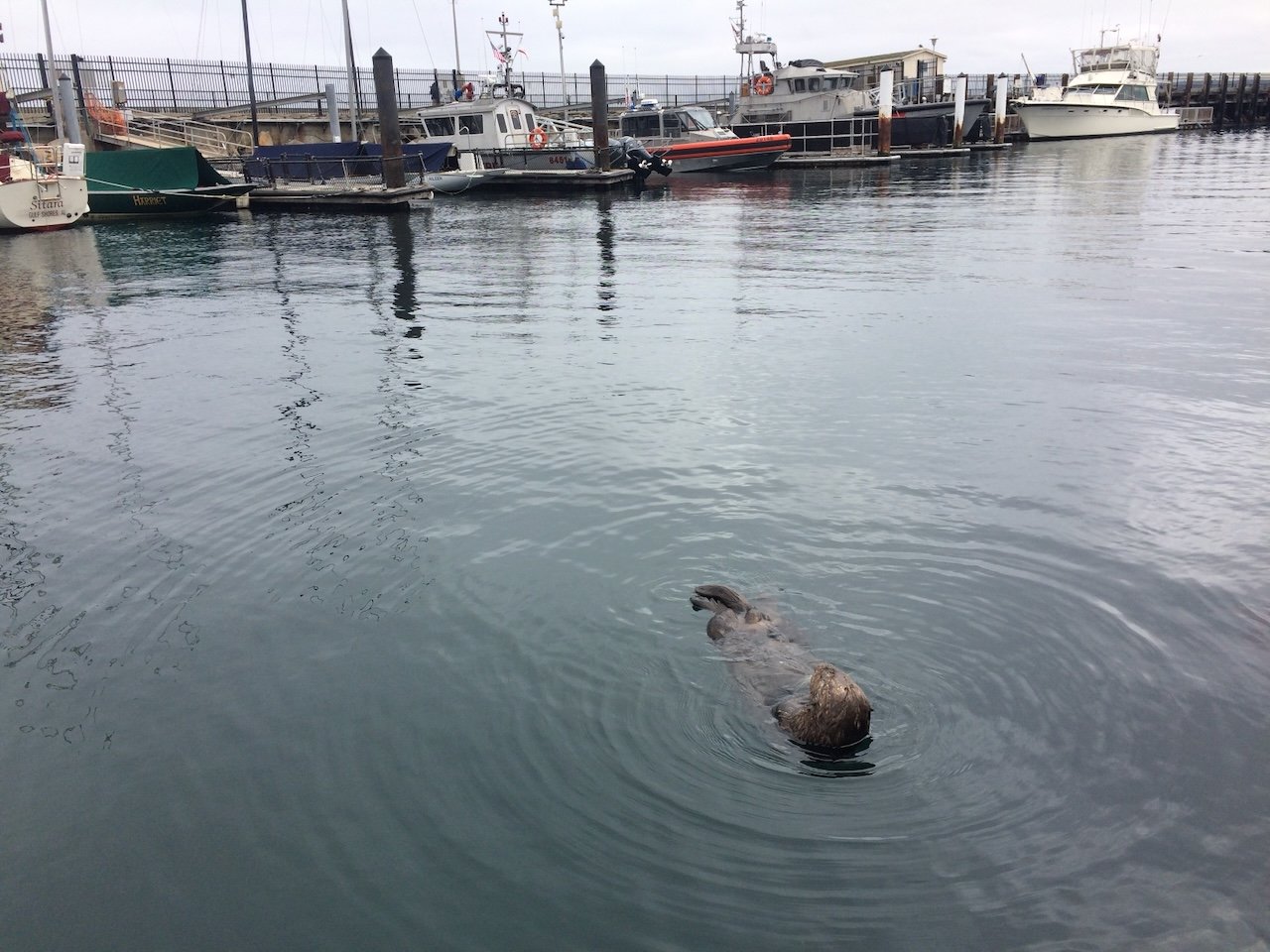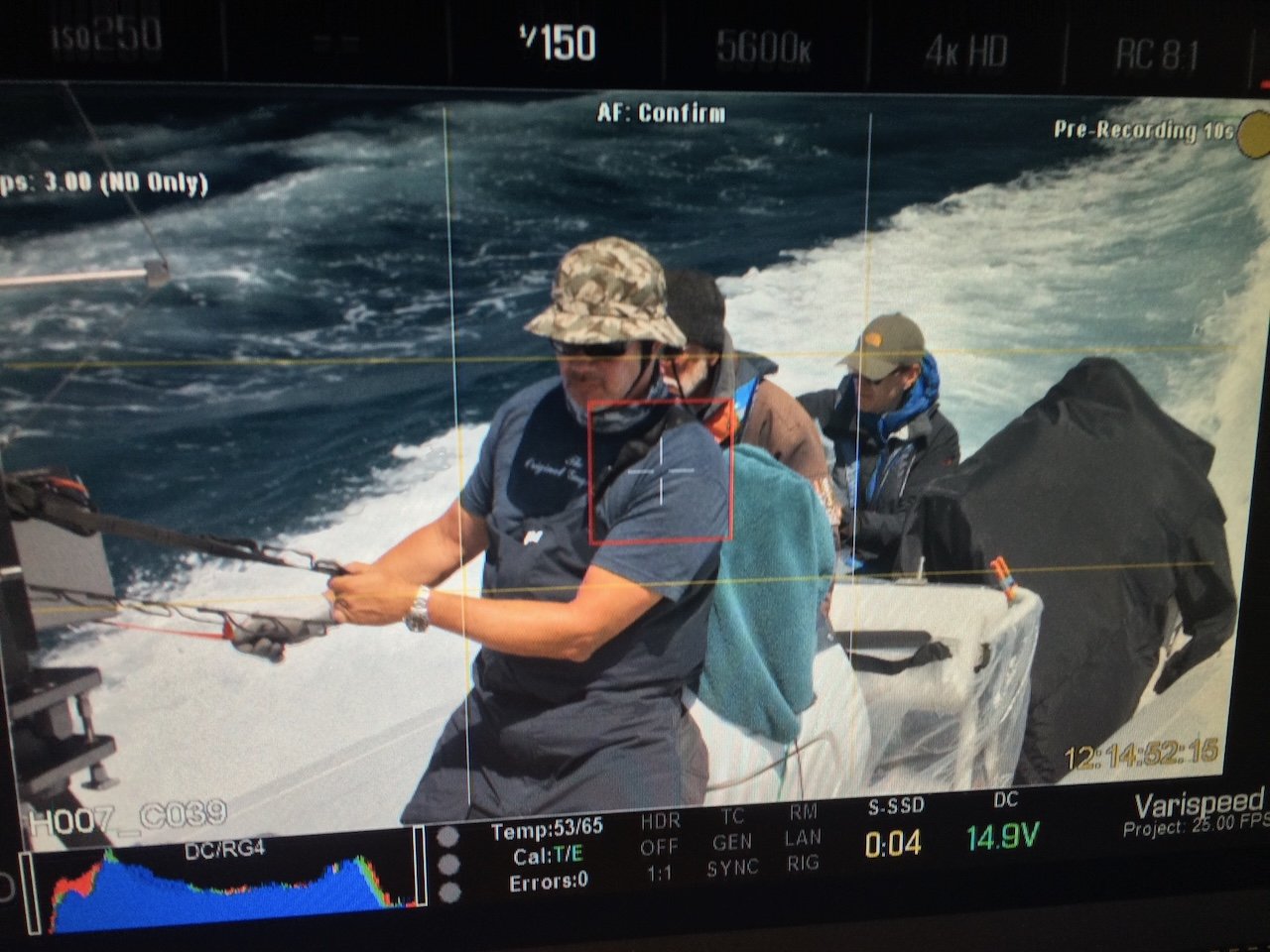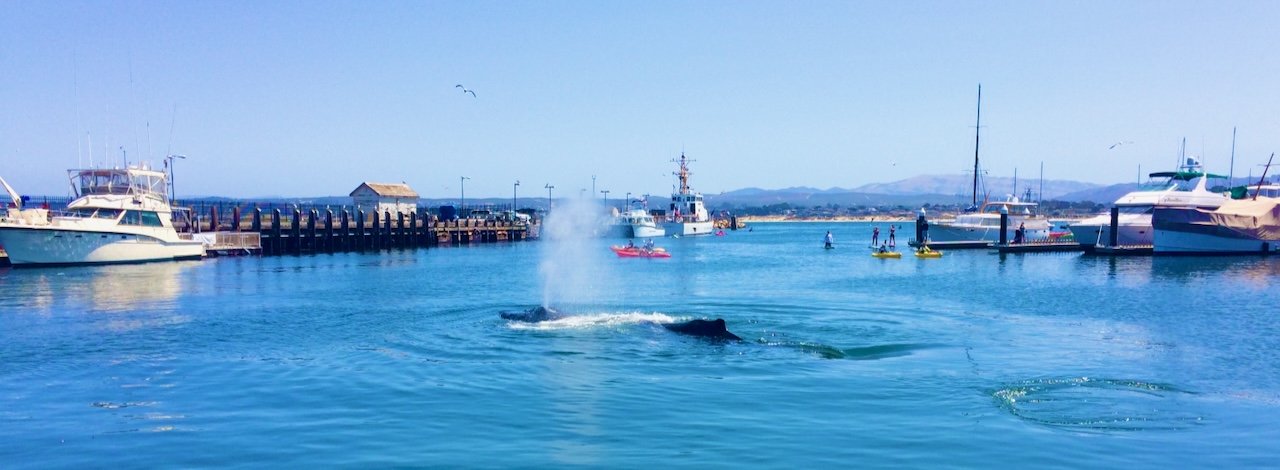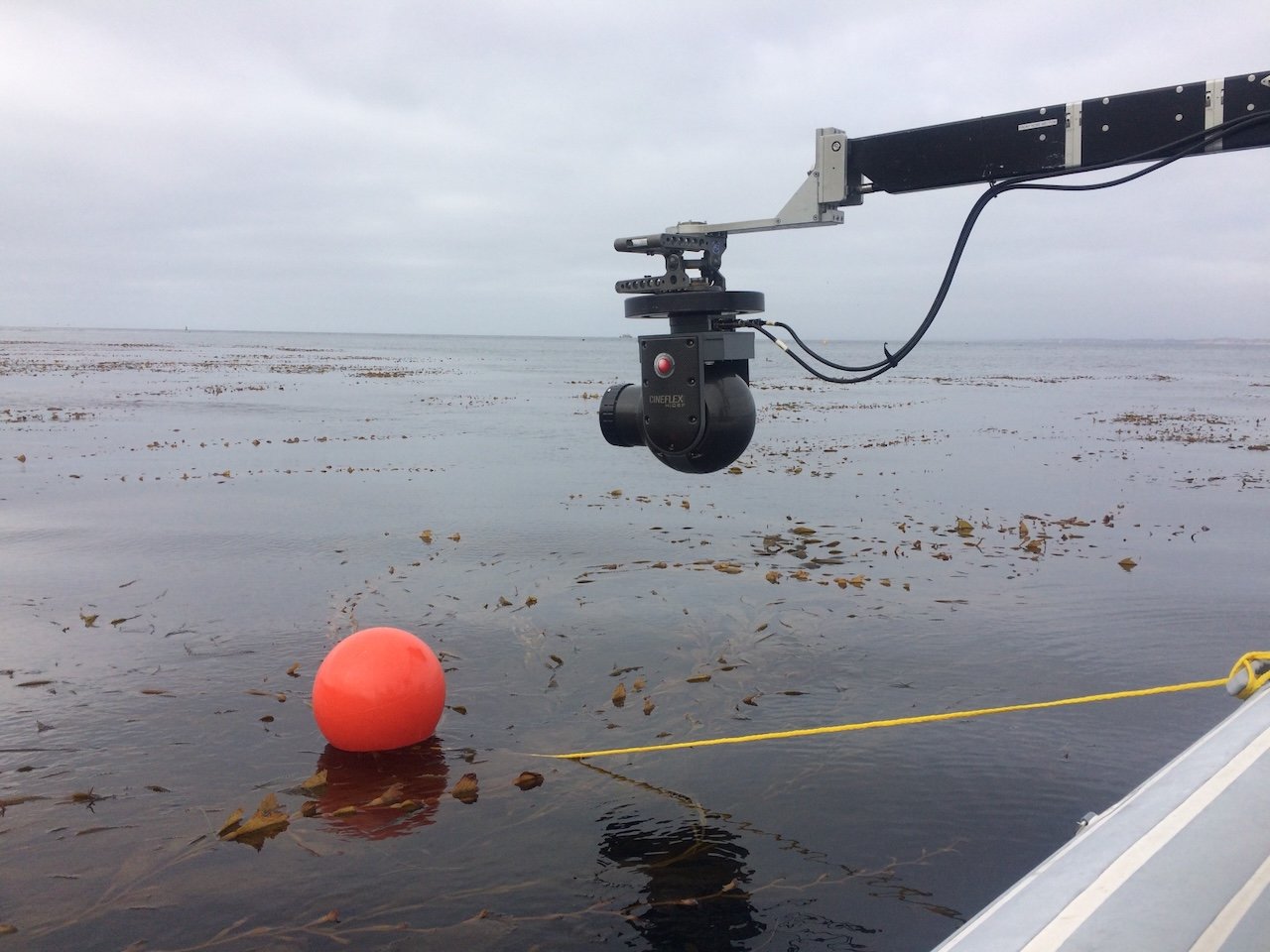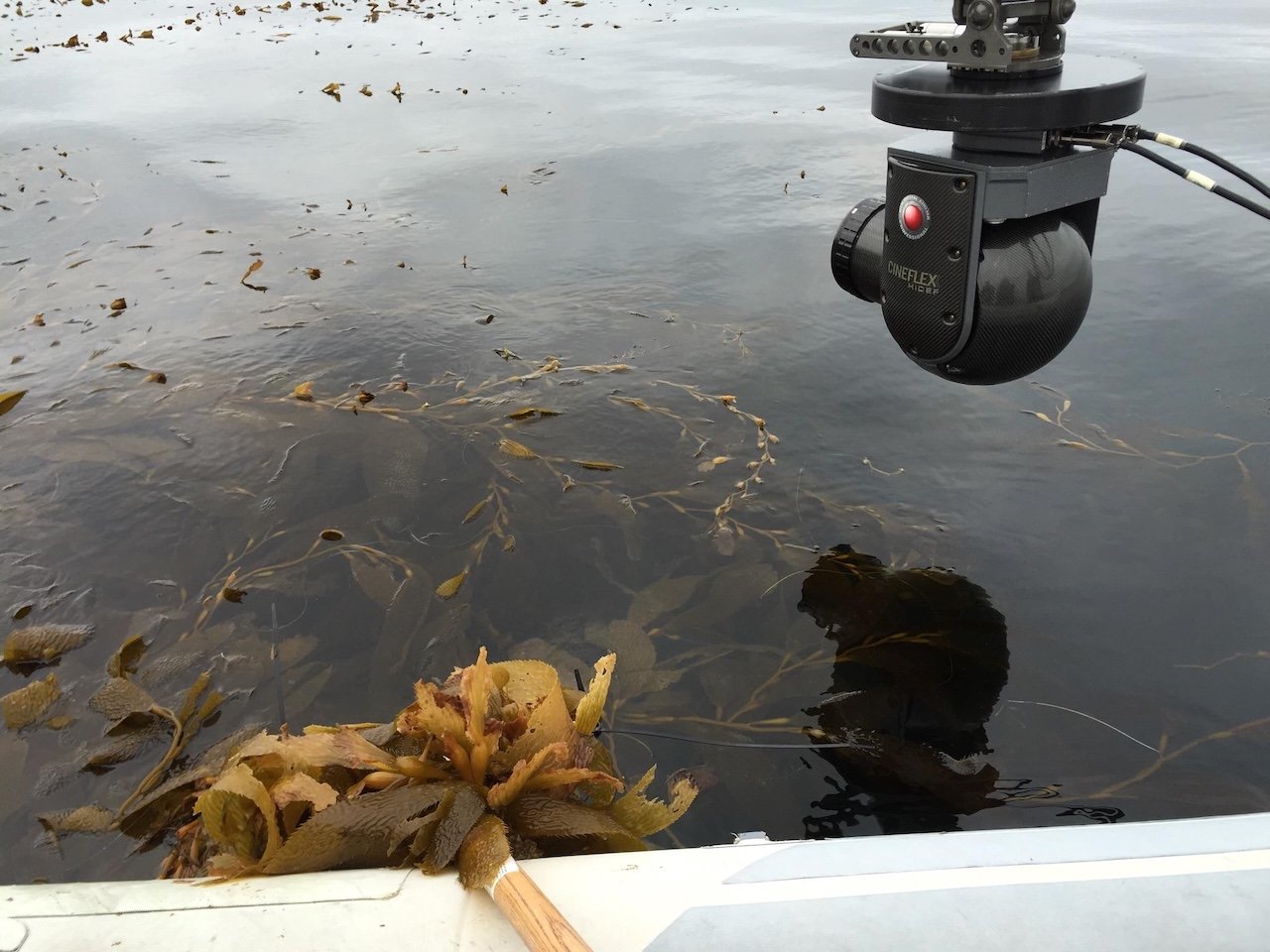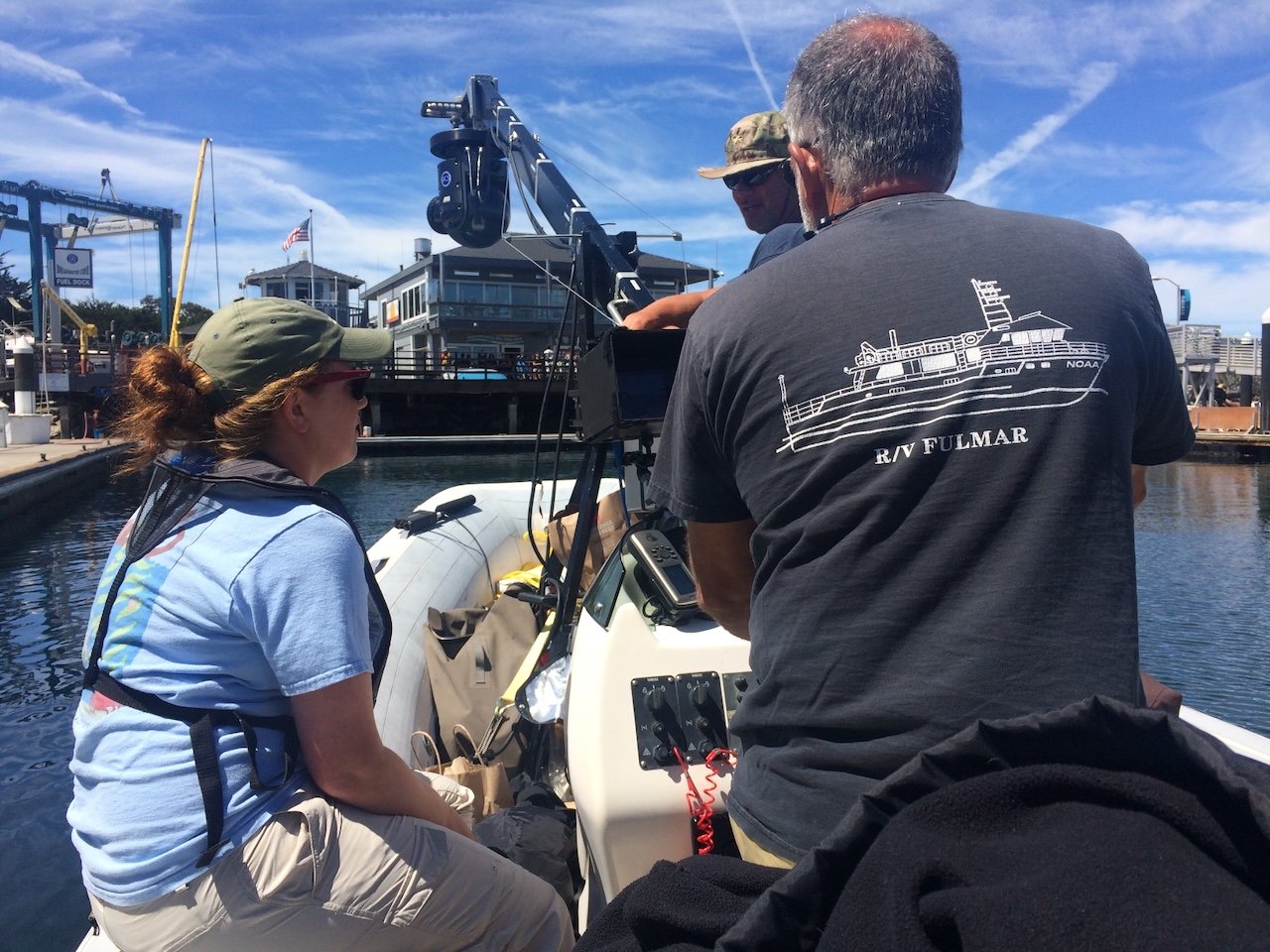BBC BIG BLUE LIVE: Thomas C. Miller Gimbal Operator
Big Blue Live was a revolutionary live television event that brought viewers an unprecedented look at the thriving marine ecosystem of Monterey Bay, California. Co-produced by the BBC and PBS, this Emmy-nominated series aired in August and September 2015, delivering real-time coverage of one of nature’s most spectacular gatherings. Featuring humpback whales, sea lions, great white sharks, sea otters, and other marine icons, Big Blue Live blended cutting-edge technology with expert scientific commentary to create an immersive wildlife experience like never before.
To bring this extraordinary event to life, the production relied on state-of-the-art aerial cinematography, underwater ROVs, and stabilized camera systems, capturing breathtaking footage of Monterey Bay’s rich biodiversity. Emmy-nominated aerial cinematographer Thomas C. Miller played a vital role in delivering the show’s most captivating visuals. As the designated sea otter camera operator, Miller filmed from a small 16-foot inflatable boat, using a Cineflex V-14 HD Gimbal mounted on an 8-foot jib arm. His unparalleled expertise in stabilized cinematography allowed the production to capture intimate, high-definition close-ups of sea otters in their natural habitat, offering viewers a rare and detailed glimpse into their daily lives.
Filming in a live broadcast setting posed unique challenges, from unpredictable wildlife movements to ever-changing ocean conditions. Miller’s ability to adapt and execute precise camera work under these demanding circumstances ensured that audiences witnessed nature’s drama unfold in real time. His aerial and on-the-water cinematography seamlessly complemented the show’s storytelling, providing dynamic perspectives that highlighted the ecological significance of Monterey Bay and the importance of marine conservation.
Big Blue Live was not just a documentary—it was a celebration of the resilience and beauty of marine life. Its innovative approach to live wildlife broadcasting set a new standard for nature programming, proving that cutting-edge technology and expert filmmaking could bring the wonders of the natural world directly to global audiences.
Thomas C. Miller’s contributions helped define the visual identity of Big Blue Live, reinforcing the power of cinematography in capturing the raw beauty of the ocean. His work remains an integral part of this landmark achievement in natural history television, showcasing the vital connection between wildlife, conservation, and the art of storytelling.
